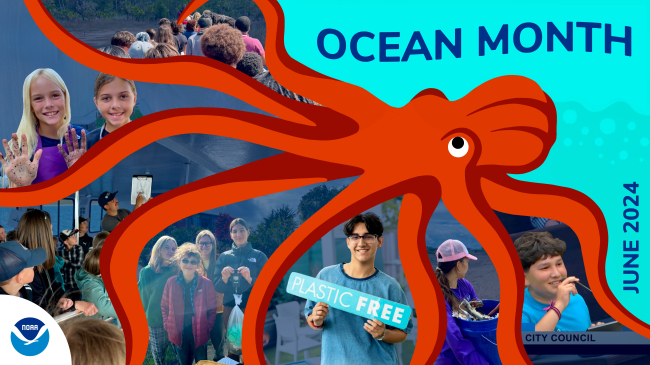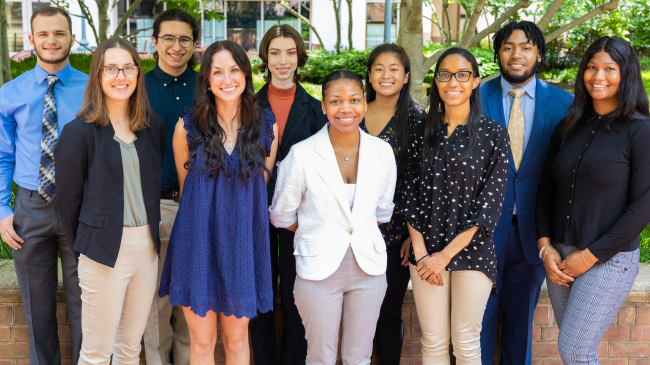At NOAA and beyond, federal scientists are engaging members of the public in citizen science projects to collaboratively address real-world problems. This summer, the White House Office of Science and Technology Policy published a report to Congress that showcased federal citizen science and crowdsourcing activities from the past two years. Out of the 86 projects highlighted from 14 government agencies, 11 came from NOAA.

Walking down a bike path in Boulder, Colorado, three citizen scientists collect data on the Earth's magnetic field using the CrowdMag cellphone app. (Image credit: Jennifer Taylor/CIRES)




